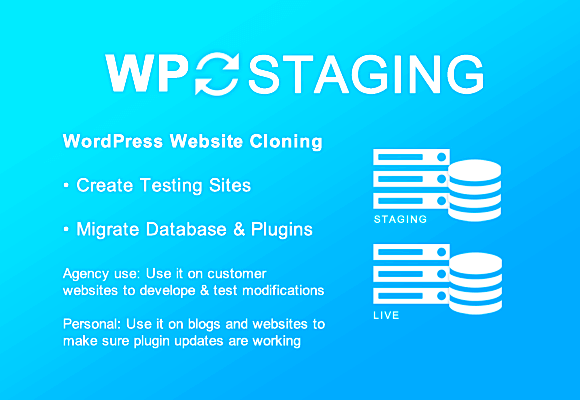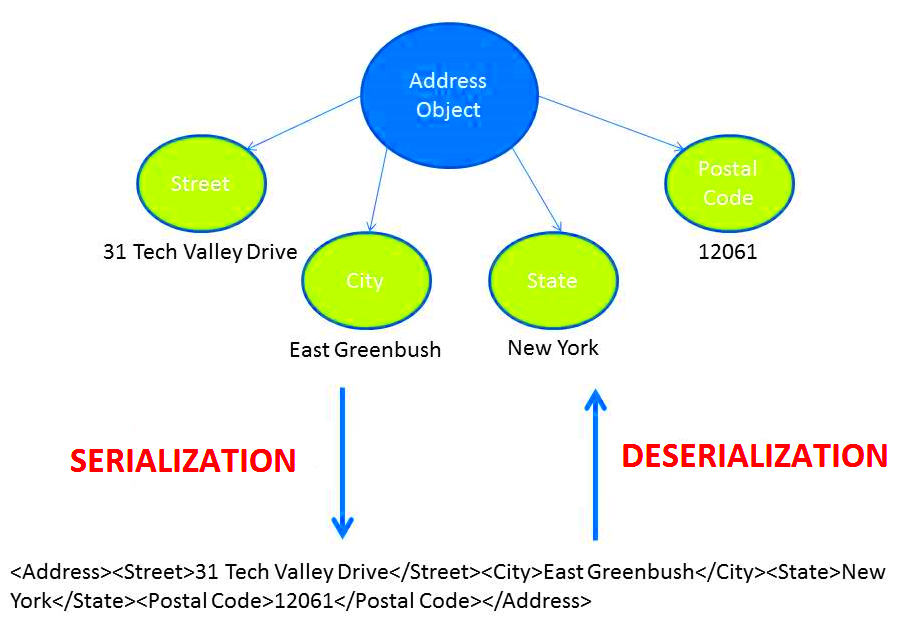Serialized data is a method used by WordPress to store complex data in a format that can easily be saved into the database. It’s primarily used for storing arrays and objects as strings, so they can be saved and retrieved later. In simpler terms, it allows WordPress to keep track of large sets of data, like plugin settings, theme customizations, and user preferences, in a compact and efficient way. Understanding how serialized data works is crucial when managing
Understanding Serialized Data Structure

Serialized data is essentially a way of converting structured data, such as arrays or objects, into a string format. This process allows the data to be stored in a database where only strings can be easily saved. The serialized structure contains all the necessary information about the data, including the type of data and its length. WordPress uses PHP’s serialize() function to create this structure, and when the data is needed again, it uses the unserialize() function to convert the string back into its original array or object form.
The serialized format looks like this:
a:2:{i:0;s:4:"Name";i:1;s:5:"Value";}
Here, a:2 refers to an array with two elements, and each or indicates the length of the string it contains. The serialized data format can be more complex, depending on the data structure it represents.
How Serialized Data is Used in WordPress

In WordPress, serialized data is widely used for storing information that requires multiple values. For example, plugin settings, custom fields, or even theme options can involve several related pieces of information that need to be stored together. By using serialized data, WordPress can save this information as a single string, which is easier to store and retrieve from the database.
Here are a few key ways serialized data is used in WordPress:
- Plugin Settings: Many WordPress plugins store their settings as serialized data, which allows them to save multiple configuration values together.
- Theme Customizations: WordPress themes often use serialized data to store custom settings, like layout options, color schemes, and fonts.
- User Preferences: When users change settings like language or dashboard appearance, these preferences are stored as serialized data.
- Widgets and Menus: Widgets and custom menu settings are stored as serialized data to manage their structure and settings.
This method of storing data helps keep the database organized and ensures that related pieces of information are grouped together and easily accessible.
Benefits of Serialized Data for WordPress Websites

Serialized data offers several key advantages for WordPress websites, especially when dealing with complex information. It allows developers to store data that involves multiple variables in a compact and efficient manner. Here are a few of the main benefits:
- Efficient Data Storage: Serialized data allows multiple related values to be stored as a single string, which reduces database complexity and makes retrieval faster.
- Improved Performance: Since data is stored in a compact format, it can reduce the number of database queries needed to fetch complex data, improving site speed and performance.
- Flexibility in Data Handling: With serialized data, WordPress can handle arrays and objects more easily, which is useful for complex plugin or theme options that require several interdependent settings.
- Easy Data Retrieval: WordPress can quickly unserialize the data, restoring it to its original structure without much processing overhead, making it easy to use across different parts of the website.
- Better Integration with Plugins: Many plugins store their settings and configurations as serialized data. This makes it easier for developers to integrate new features or update existing ones without disrupting other parts of the website.
In summary, serialized data makes it possible to handle large amounts of complex data in an efficient and structured way, which is essential for optimizing WordPress websites with many settings and features.
Common Issues with Serialized Data in WordPress
While serialized data provides many benefits, it also comes with certain challenges that can affect the smooth running of a WordPress website. Understanding these issues is key to ensuring your site runs efficiently. Here are some of the common problems:
- Data Corruption: If serialized data is improperly modified or corrupted (e.g., by a plugin or theme), it can lead to issues like broken settings or even site crashes. Even small changes to the serialized string can make the data unreadable.
- Database Migration Issues: When migrating a WordPress site from one server to another, serialized data can break if the lengths of certain elements change (e.g., when URLs are modified). This can lead to misconfigured data after the migration process.
- Difficulty in Debugging: Serialized data can be difficult to debug because it is stored in a compact format. If something goes wrong, it’s not always easy to identify the problem without unserializing the data and inspecting the structure.
- Plugin and Theme Conflicts: Some plugins and themes may handle serialized data differently, which can cause conflicts or errors when they try to read or write the data. This can result in unexpected behavior on the site.
- Performance Slowdown: If there are too many serialized data entries or large amounts of data being serialized and unserialized, it could cause performance issues, slowing down your site.
Understanding and addressing these common issues will help you maintain the integrity of your WordPress site when using serialized data.
How to Handle Serialized Data in WordPress
Properly managing serialized data in WordPress is essential to ensure your website runs smoothly. Here are some effective ways to handle serialized data:
- Use Reliable Plugins: When working with plugins that use serialized data, always choose those with good reviews and proper support. This will minimize the chances of data corruption and conflicts.
- Backup Data Regularly: Always back up your WordPress database before making changes to serialized data, especially when migrating or updating plugins. This helps prevent data loss in case something goes wrong.
- Use Search and Replace Carefully: If you need to search and replace content within serialized data (e.g., changing URLs), use tools specifically designed for serialized data. Tools like “Better Search Replace” can handle this safely without breaking the data.
- Avoid Direct Editing: Avoid manually editing serialized data in the database. Editing serialized strings directly without proper knowledge can lead to corruption. Always use proper functions for serialization and unserialization.
- Test Changes in a Staging Environment: Before applying changes to serialized data on a live site, test them in a staging environment. This allows you to catch any issues early without affecting the live website.
By following these best practices, you can effectively manage serialized data in WordPress, ensuring that your website remains fast, functional, and free from errors.
Best Practices for Managing Serialized Data in WordPress
Managing serialized data in WordPress can be tricky, but with the right approach, you can ensure your site runs smoothly without issues. Here are some best practices for handling serialized data effectively:
- Ensure Proper Data Validation: Always validate serialized data before storing or retrieving it from the database. This helps ensure the data is intact and avoids potential errors when processing it.
- Use Built-in WordPress Functions: WordPress offers functions like
serialize()andunserialize()for safely handling serialized data. Stick to these functions instead of manually manipulating the data to avoid corruption. - Avoid Direct Edits in the Database: Never directly edit serialized data in the database, as it can lead to corruption. If you need to update serialized data, use a proper migration tool or script to handle it.
- Use Serialized Data with Caution in Plugins: If you develop plugins that use serialized data, ensure you have proper checks in place to avoid data conflicts or overwriting. Test the plugin thoroughly before deploying it on live sites.
- Regular Database Backups: Always back up your database regularly, especially before making any changes involving serialized data. This way, you can restore your site if something goes wrong.
- Test Serialized Data Changes in a Staging Environment: Before applying any changes involving serialized data to your live site, test them in a staging environment. This helps catch issues before they affect the user experience on the live site.
By following these best practices, you can prevent errors and ensure that serialized data is handled securely and efficiently across your WordPress site.
FAQ about Serialized Data in WordPress
Here are some frequently asked questions to help you better understand serialized data in WordPress:
- What is serialized data in WordPress?
Serialized data is a way of storing complex data types, like arrays or objects, as strings. This allows WordPress to store related data together in a single field in the database, making it easier to save and retrieve. - Why is serialized data used in WordPress?
Serialized data is used in WordPress to store complex settings and configurations, such as plugin settings or theme options, which require multiple variables. It helps store this information in a compact format, optimizing performance. - How can I prevent serialized data corruption?
To avoid corruption, never edit serialized data manually. Instead, use built-in WordPress functions likeserialize()andunserialize(), and always back up your database before making changes. - Can I change serialized data manually?
It is not recommended to change serialized data manually. If you need to update it, use specialized tools or scripts designed to handle serialized data properly to avoid breaking it. - How do I search and replace serialized data?
If you need to search and replace serialized data, use a tool designed for serialized data handling, such as the “Better Search Replace” plugin, to ensure the integrity of the data is maintained.
Conclusion
Serialized data plays a crucial role in WordPress, allowing the platform to store complex settings and configurations efficiently. While it offers many benefits, such as improved performance and flexibility, it also comes with challenges like potential data corruption or migration issues. By understanding how serialized data works and following best practices, you can ensure your WordPress website runs smoothly without unexpected problems.
Remember to use the proper functions for serializing and unserializing data, back up your database regularly, and test changes in a staging environment before applying them to your live site. With the right precautions, managing serialized data in WordPress can be a seamless experience.



